First ‘Hands on’ Report on The Aqara Hub From Shanghai
While many that have placed orders for the new Aqara Hub are still waiting for it to resurface on Amazon and other Western outlets, a variety of stores in Asia are already selling ‘International’ versions, which seems to imply that these will work in other countries, even though pretty much all of the hubs from these stores are being sold with a Chinese plug (which is still good news for Australians…)
One such person who has been in contact with us via Twitter is Eric, who has been able to shed a little light on the new hub and shared his initial experiences.
First off the bat, Eric told us that the Aqara app was full of bugs, although he didn’t elaborate on what specific issues there were. At the time of talking to us, he was also in contact with Aqara themselves to get to the bottom of the issues he was having, but has yet to come back to us on that. However, it would seem that, as with the Xiaomi app, you have to set up an account with Aqara initially, which seems to be a problem for some others that have reported – namely getting an email to confirm your account in order to begin or complete part of the setup, although other reports online state that if you’re unable to set up the Aqara account, it simply means you can’t access Aqara-specific functions with their own app, while still being able to use the hub via HomeKit.
We were supplied with an image of Eric’s hub (see below)
You can see that Eric has obscured what would seem to be one of the newer QR-based HomeKit codes, so we now know for certain that the hub is provided with one, unlike the recent WeMo Mini, that doesn’t carry a HomeKit code at all, instead opting for the newer software authentication route. This means that the hub uses an MFi chip.
Early on, Eric made it clear that whilst the official line from Aqara is that only Aqara products would be able to connect to the hub, he was able to add a Xiaomi/Mijia Smart plug to the hub. The only issue currently was that these added smart devices would not appear in either the Aqara or Home apps. What is even more odd is that whilst these don’t appear in the list of available devices, they DO appear as selectable options when creating automations. It would seem that the developers at Aqara have possibly overlooked blocking this ability, leading to the conclusion that this ‘bug’ will be ‘fixed’ in a future update, which would be unfortunate for those with Xiaomi/Mijia devices they’d like to add.
One other thing noted as odd, was that Eric’s Xiaomi devices, which were already paired with an older Xiaomi hub, were able to connected to the Aqara hub, while still retaining the connection to the older hub. We’re unsure if there’s any benefit to having this option, but it’s there nonetheless.
One thing regarding already HomeKit-compatible products, was that the Aqara app seems to recognise these products (as expected of a 3rd party HomeKit app), but in the case of Eric’s Hue Bridge, the Aqara app misidentified it as a bulb. This could be one of the many bugs that was mentioned earlier.
To show that the app may need some more tweaking, Eric added the Aqara motion sensor, which along with a motion sensor (obviously) also has an ambient light sensor. This light sensor didn’t appear in either apps, even though the Philips Hue sensor, with an ambient light sensor of its own, does show this info in both apps.
Eric confirmed that his Aqara light switches worked fine, and appeared as switches in both apps, as expected. One thing to note is that while the HomeKit compatible Aqara products are Zigbee, and therefore spread the network in a sort of ‘mesh’, these switches do not act as repeaters for the Zigbee signal.
As with the previous Xiaomi Gateways, the new Aqara Hub has an LED band around the middle, with the standard 16m colours to choose from. This LED band appears as a simple bulb in the Home app, and as such, can be adjusted for brightness and colour in the same way that any normal colour bulb would. One final thing to mention is that with the older Xiaomi/Mijia hubs, you are able to connect several of these together, allowing them to communicate with each other. This cannot be done with the new Aqara hub even though smart devices connected to the Aqara hub allow for the Zigbee signal to be repeated and extended.
As soon as we are able to get our hands on the Aqara hub ourselves, we’ll be conducting further tests.
Note: All of the above information was taken at face value from the individual’s personal experience and should not be taken as definitive.

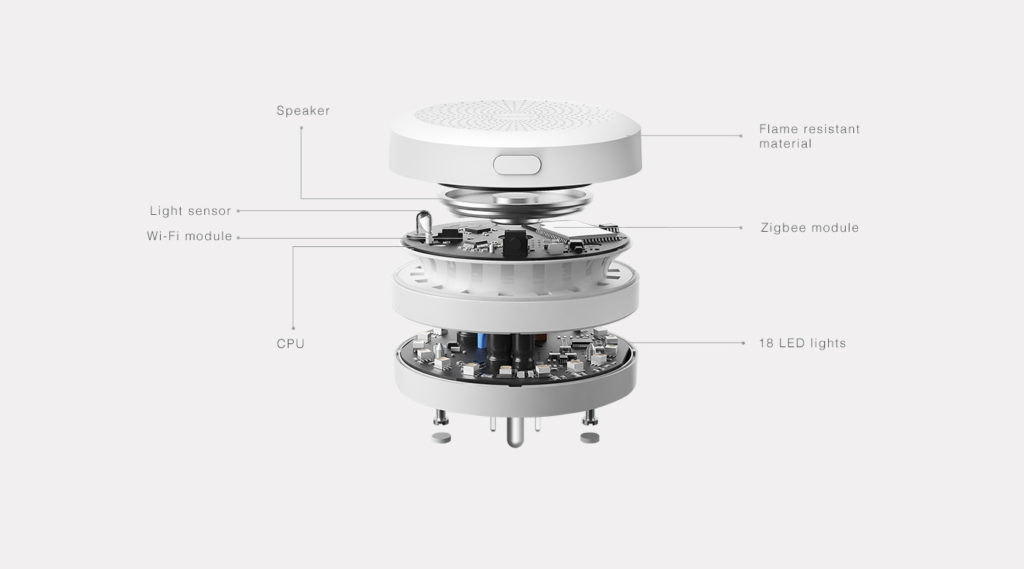
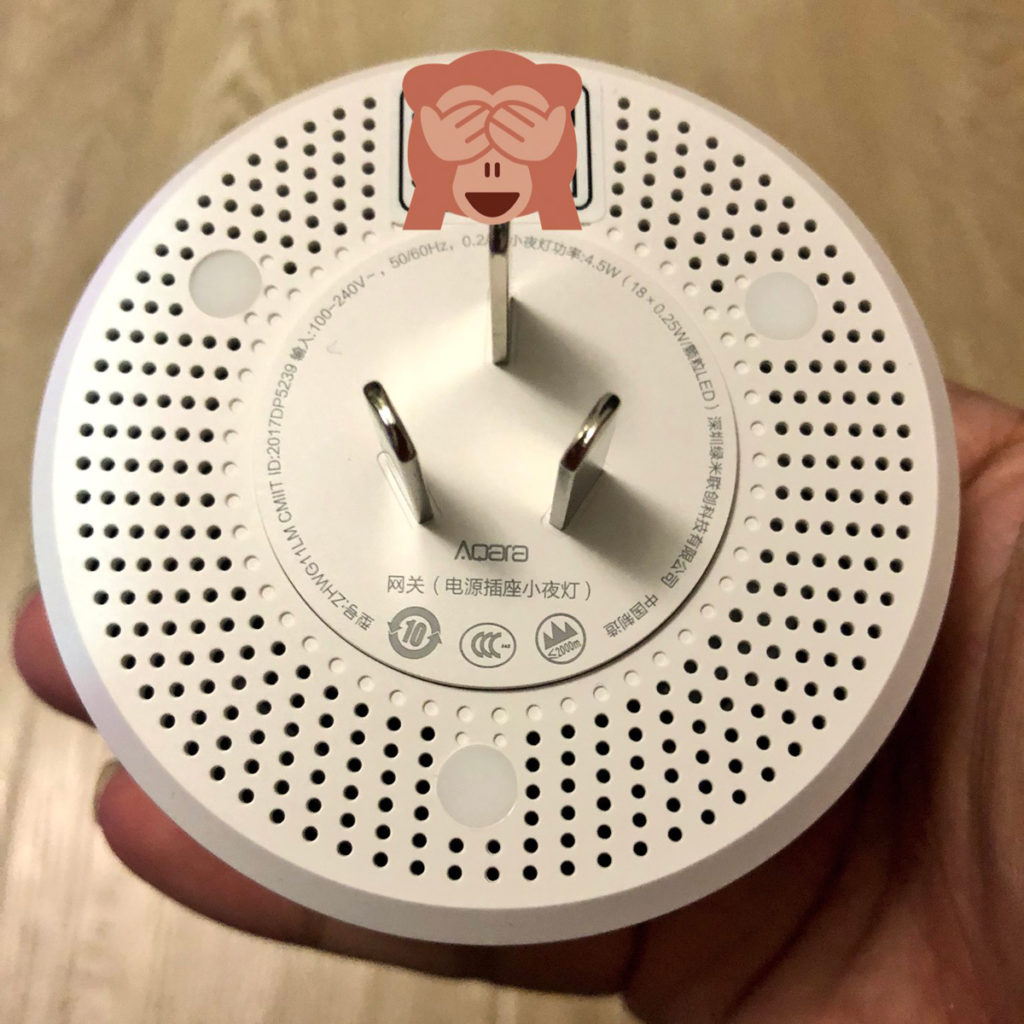
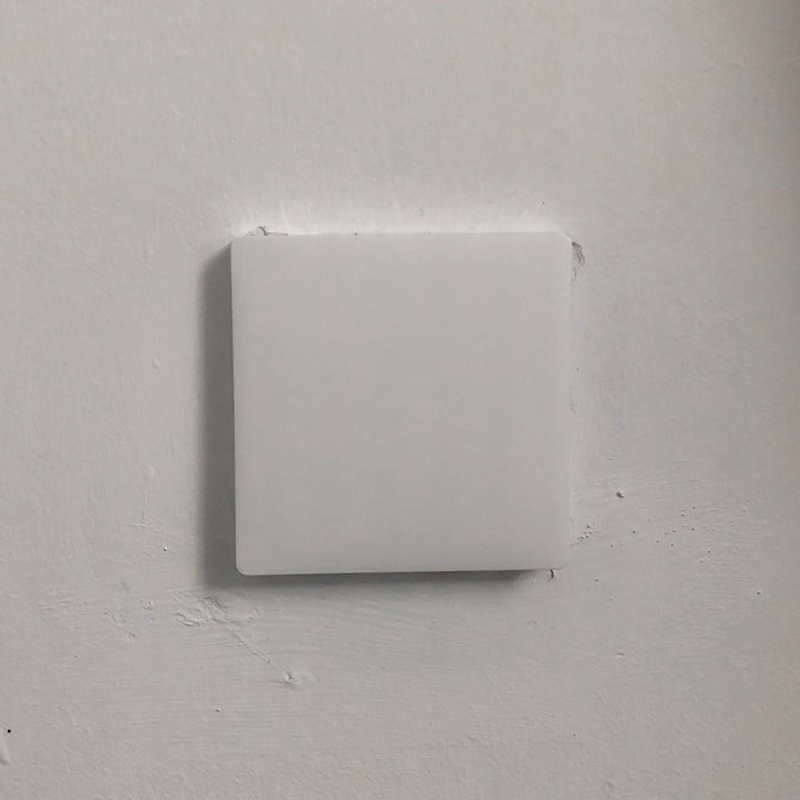



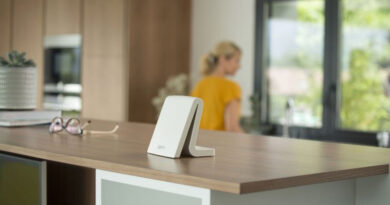
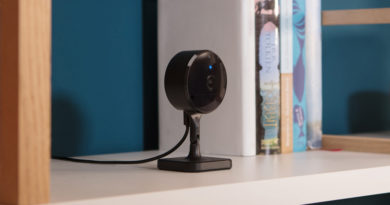
Good article!
I wish Aqara can make it official if the current Xiaomi/Mija sensors will be supported or not… it is working now but if they don’t make it official, they might remote it later…
Moreover, I don’t mind to buy a 3 new Aqara hubs to replace my current Xiaomi hubs.
It’s hard to know exactly what is going on, and I also wish they would make a decision and stick with it, but we’ll see, although I do think they will remove the ability to add the non-aqaba sensors eventually.
You can already find the hub on AliExpress:
https://www.aliexpress.com/item/Original-Xiaomi-Mijia-Aqara-Hub-Mi-Gateway-with-RGB-Led-night-light-Smart-work-with-For/32912518164.html?spm=2114.search0104.3.51.277d728a9bT5S6&ws_ab_test=searchweb0_0,searchweb201602_1_10152_5724111_10151_10065_10344_10068_10342_5724211_10343_10340_10341_5724311_10696_5724011_10084_10083_10618_10304_10307_10820_10301_10821_10059_100031_10103_5725011_10624_10623_10622_10621_10620_5724911,searchweb201603_55,ppcSwitch_5&algo_expid=b729d38e-9a87-463d-a87f-433057ff389d-7&algo_pvid=b729d38e-9a87-463d-a87f-433057ff389d&transAbTest=ae803_1&priceBeautifyAB=0
Yes thanks Nejc, we posted about it in this article – https://homekitnews.com/2018/08/16/aqara-hub-now-available-on-aliexpress/
Oh, sorry, I missed that!
No problem! Are you planning on ordering one? Be aware it will probably have a Chinese plug if you order from AliExpress, but they usually supply an an adaptor for your country.
I could order one, since I have the old Mijia and I already have the adaptor.
However, since we are not yet ready to move into our new house, I will wait, because the EU version is suppose to come out in October and I would prefer to have that one. 🙂
That definitely makes sense to wait. I’ve ordered one from China, but it was more for the purposes of reviewing it for the website. Hopefully I’ll have next week – as I’m also moving!
Lol same here, I will be moving soon.
But I do want the US version if they already make it official, I don’t see anywhere I can buy it from US.
It did officially appear on Amazon Alexa no with all of their sensors and switches, and there was even an official Aqara store/page, but strangely enough all of this has just vanished. I placed a pre-order for the hub, and even though this pre-order is still sitting in my account, and it says it’ll ship when it becomes available, if I actually click on the item itself to see the product listing, I get an error saying the page doesn’t exist. All very odd.
I just know there is no site is selling it in US… again I don’t want to use the adapter to covert the plug. It doesn’t look like when it stick out…
Nice! It would be great to hear your thoughts!
Surprisingly I only found out about the homekit version of the hub on foreign sites.
Not on the mi site at all, or the mi jia site in chinese. Is available on jingdong though (jd.com), so ordered from there.
I should get mine tomorrow, will see how well it integrates with all my xiaomi stuff.
I have a lot – camera’s, tv, various sensors etc.
It won’t be listed in the Mi site as it’s an Aqara only product. For this reason you’ll find that none of your Xiaomi or Mijia devices will be able to be added to the hub. Only Aqara devices, although some sensors may partially work. Check out the Aqara Hub 101 article on this site in the ‘How To…’ section for more info on this.